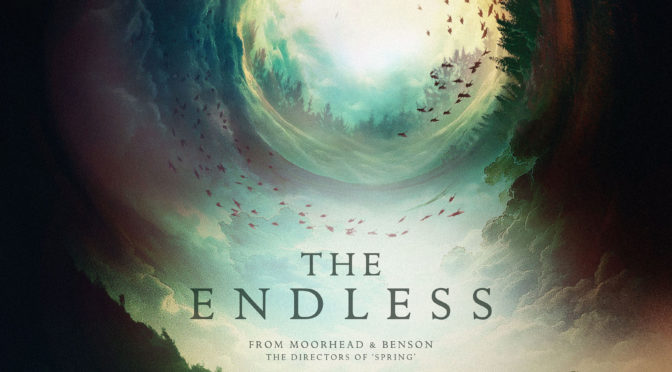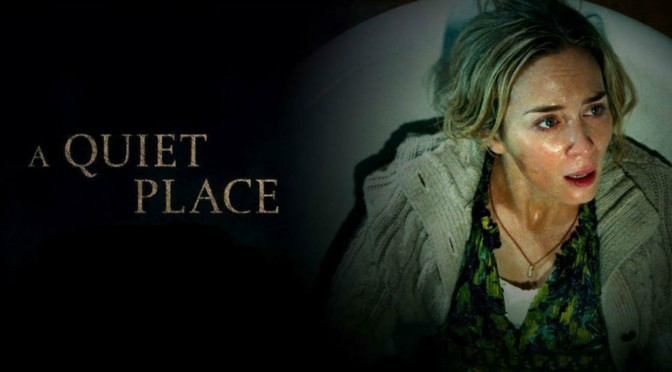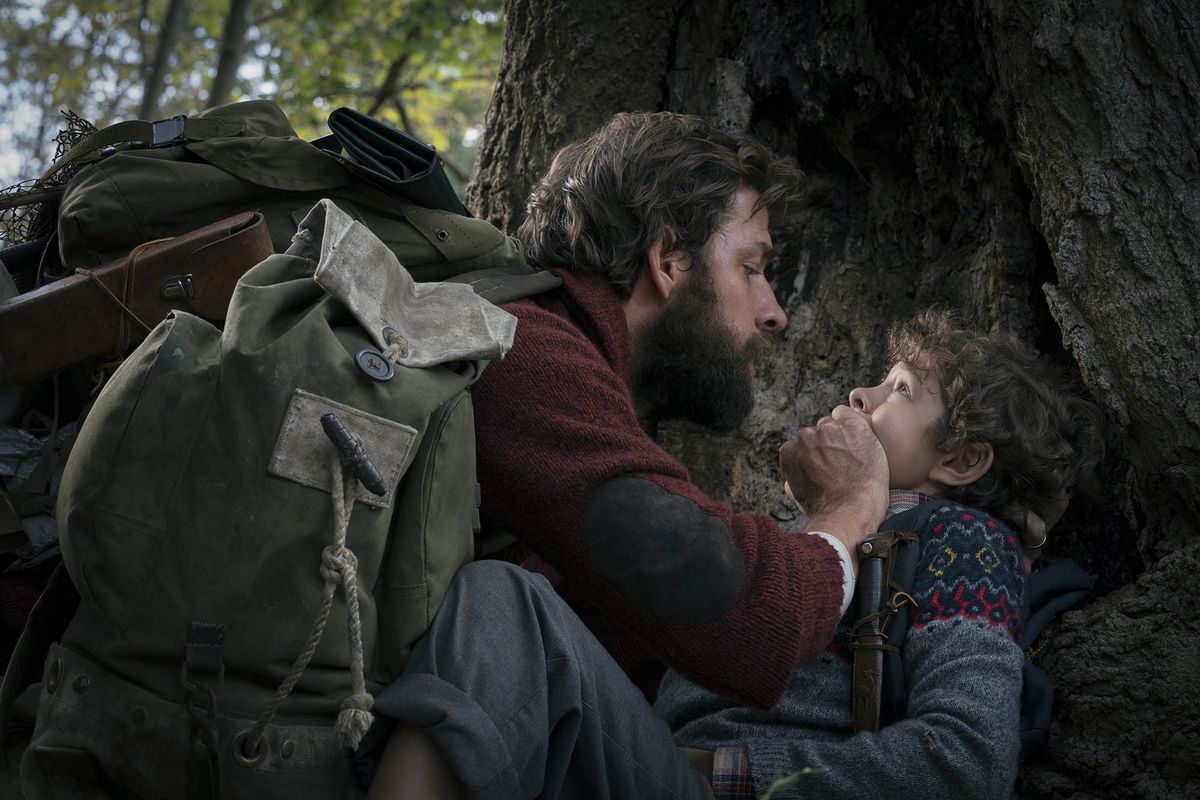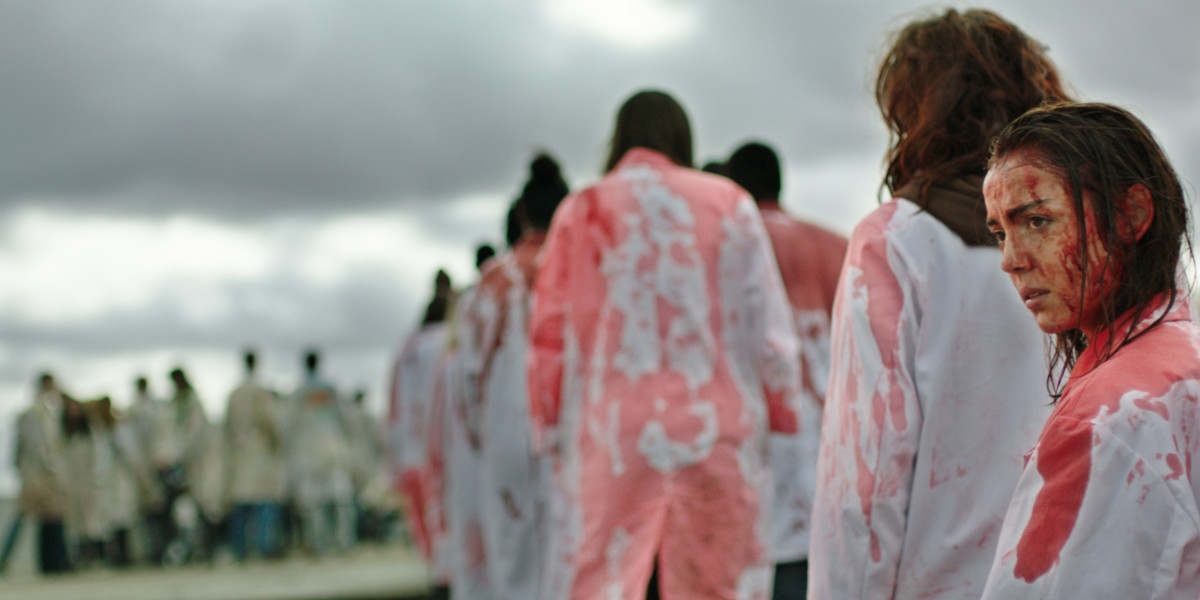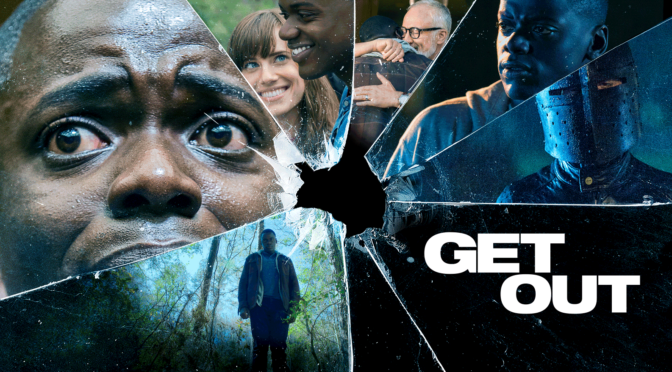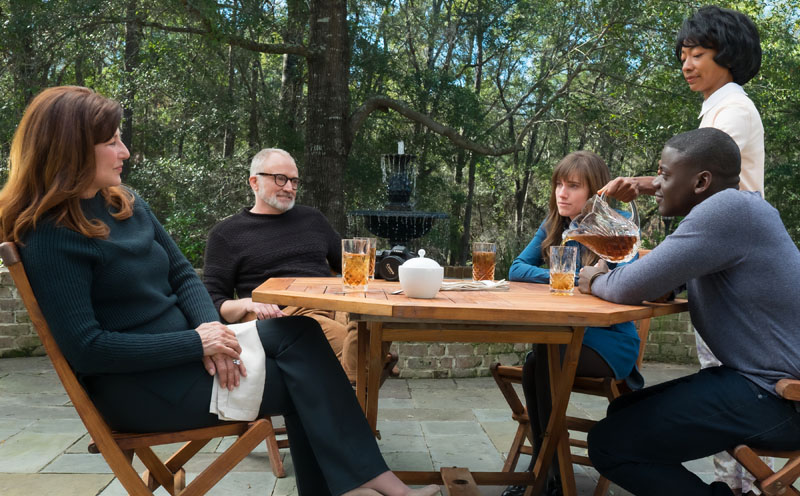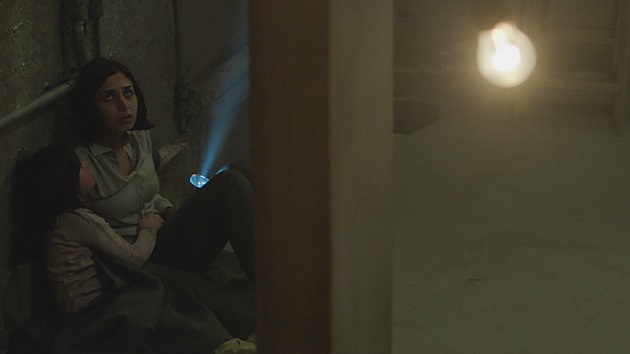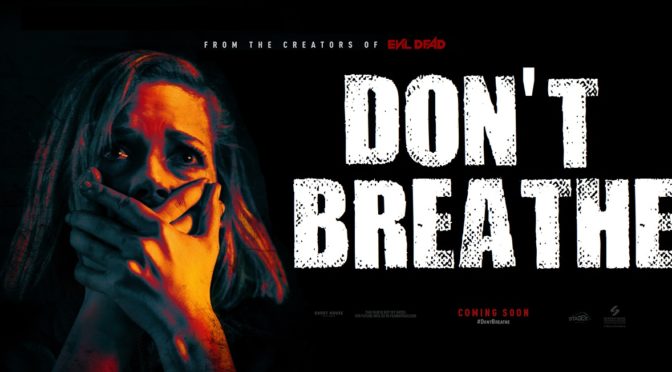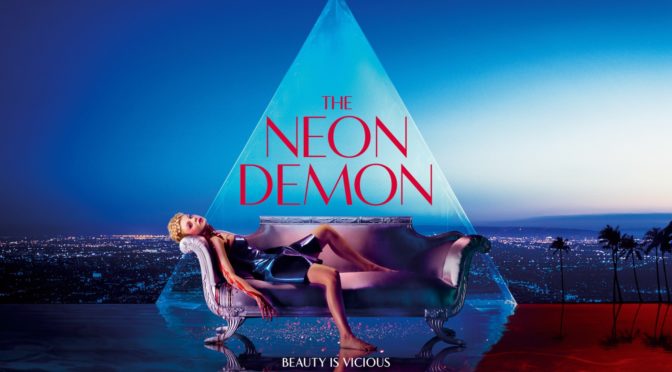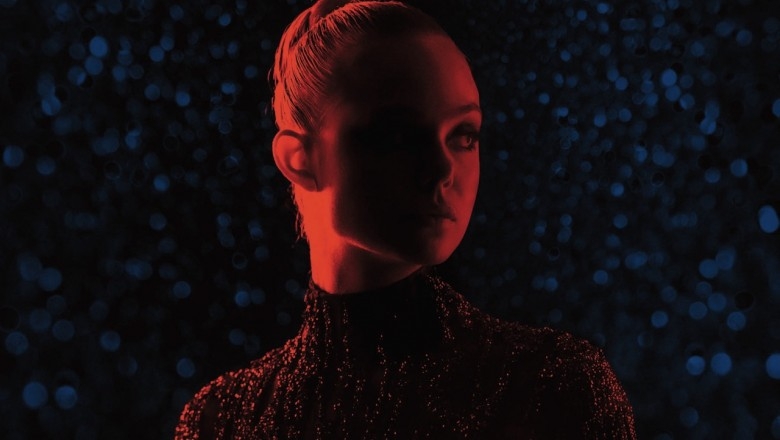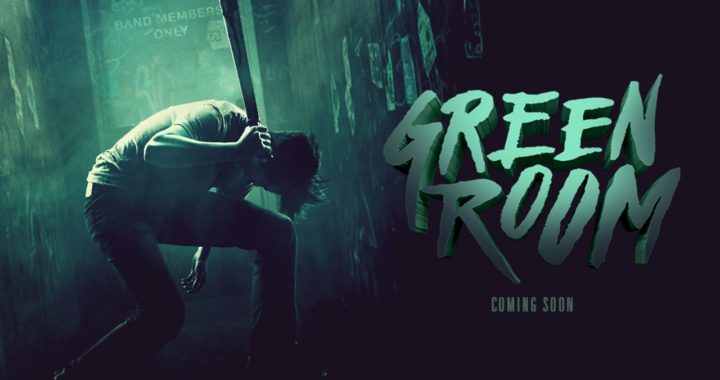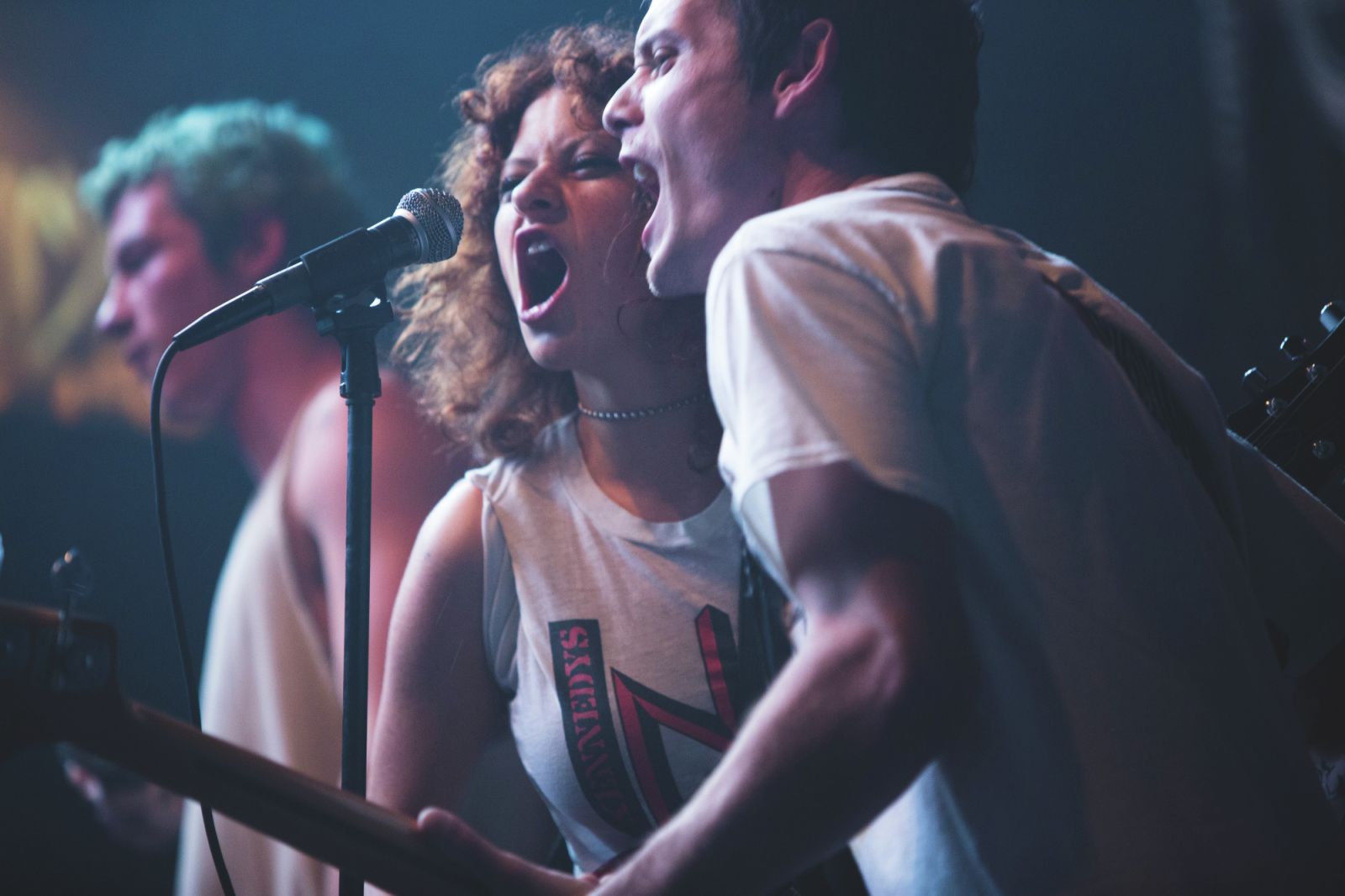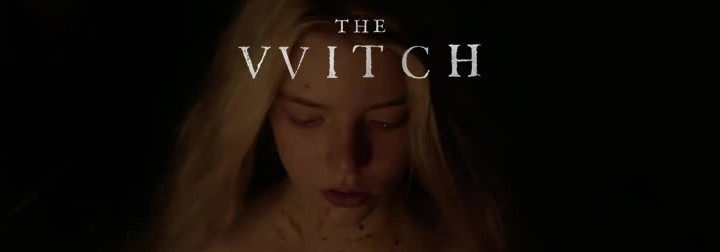After having escaped an isolated doomsday cult years earlier, two brothers, played by directors Justin Benson and Aaron Moorhead (Spring), scrape by doing menial jobs and subsisting on ramen noodles. The younger brother yearns for the easygoing life he remembers from his childhood and wants to return. Reluctantly, the older sibling agrees on the condition that they only spend one day at the compound. As they reconnect with the cult, the brothers notice strange happenings and secretive behavior.
Rather than explore an expansive universe, Benson and Moorhead keep their sci-fi limited in scope. The supernatural elements are gradually introduced through small-scale interactions. A man disappearing just out of sight, birds circling overhead, and unusual columns protruding from the ground remind us that something isn’t right with the area. The cult members discuss an “ascension” with some higher power surrounding them that puts their motives under question.

Despite a limited budget, the directors are able to use camera effects to communicate the sci-fi elements. The image frequently contorts and stretches as if being viewed on a funhouse mirror and simple effects like characters phasing in and out of view and subtle distortions of light are used to much greater impact than they likely cost. There are a few moments where the budget was clearly not enough to meet the needs of the story, but overall Benson and Moorhead accomplish a lot with their modest means.
They also bring an unexpected amount of humor to the film. In retrospect, the film would have benefitted from different casting, but as the lead actors Benson and Moorhead are often awkward and goofy in the way brothers used to heckling each other can be. They write side stories that also follow this tone. Characters that are faced with otherworldly problems are grounded by their lesser, unsophisticated issues and always played for laughs. The comedy seems unintentional at first, but it prevents the film from becoming morose and adds some welcome levity.
The film can be thought of as a 100-minute Twilight Zone episode. It carries the same contained intrigue and mystery. Benson and Moorhead attempt some larger themes about family and the importance of honesty with loved ones, but these are only somewhat successful and secondary to the horror and sci-fi. By opening with a quote from H.P. Lovecraft, the directors indicate they are interested in a very specific type of horror: cosmic horror or fear of the unknown. The forces that might be at play with the cult are larger than the leads and far beyond their comprehension. It’s this idea that there may be something else connected to the cult and that the columns might represent something inexplicable that creates suspense. The Endless doesn’t reach true terror and the sometimes amateurish lead performances can break immersion, but it’s central mystery has enough substance to sustain the runtime.

3/5 stars.
